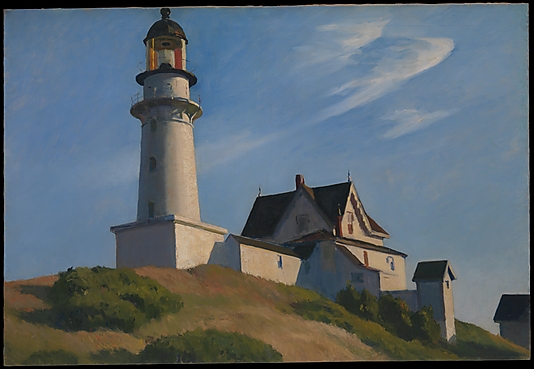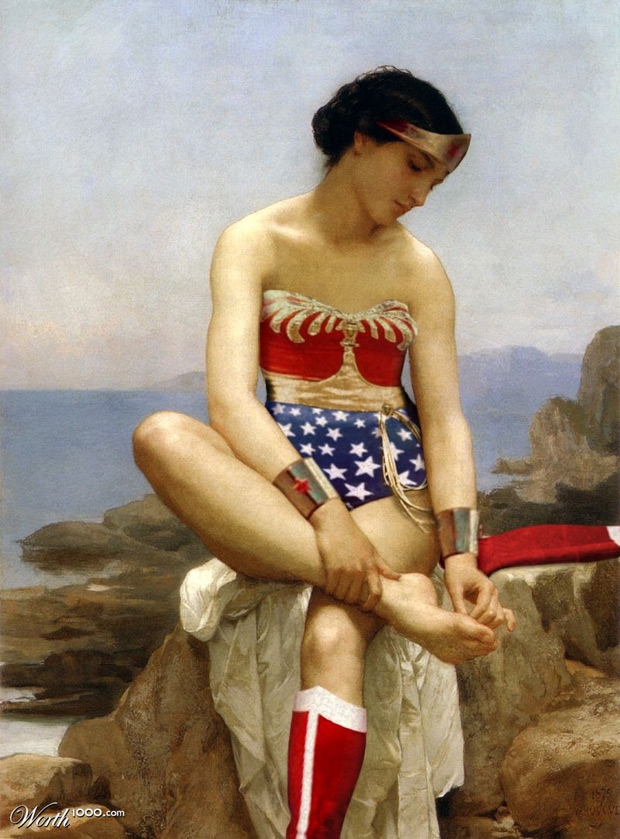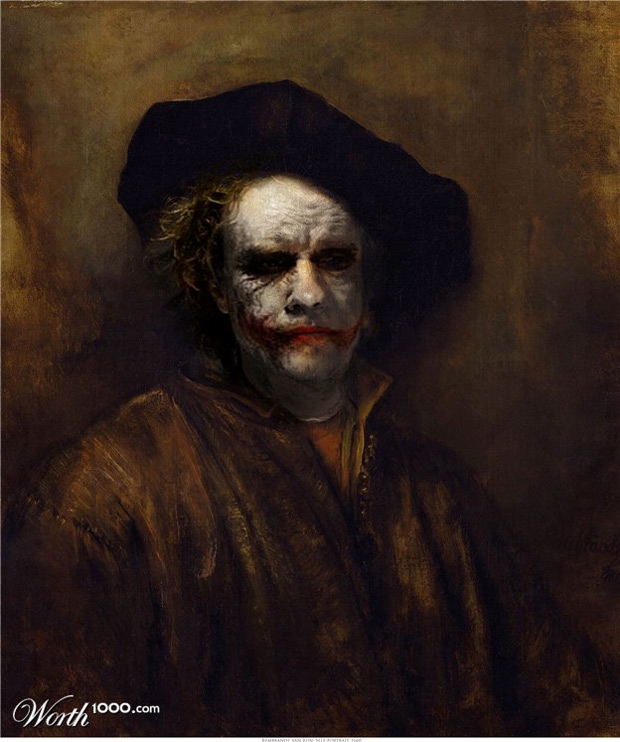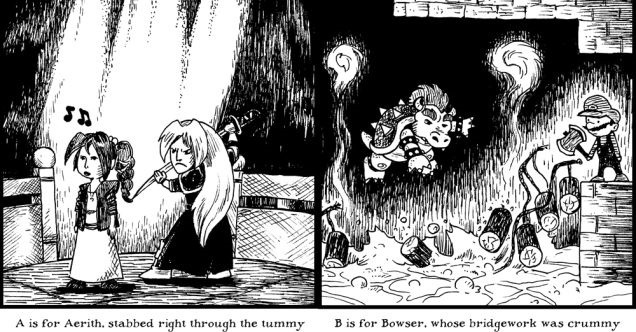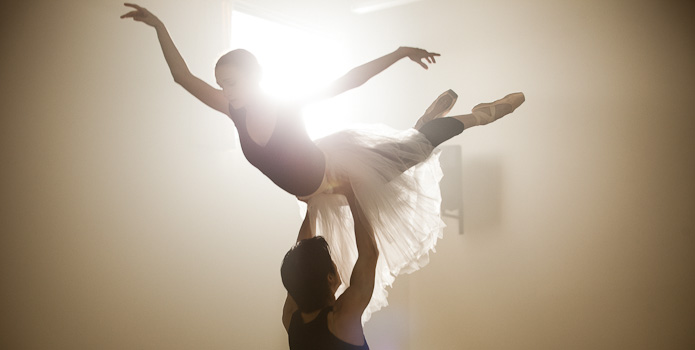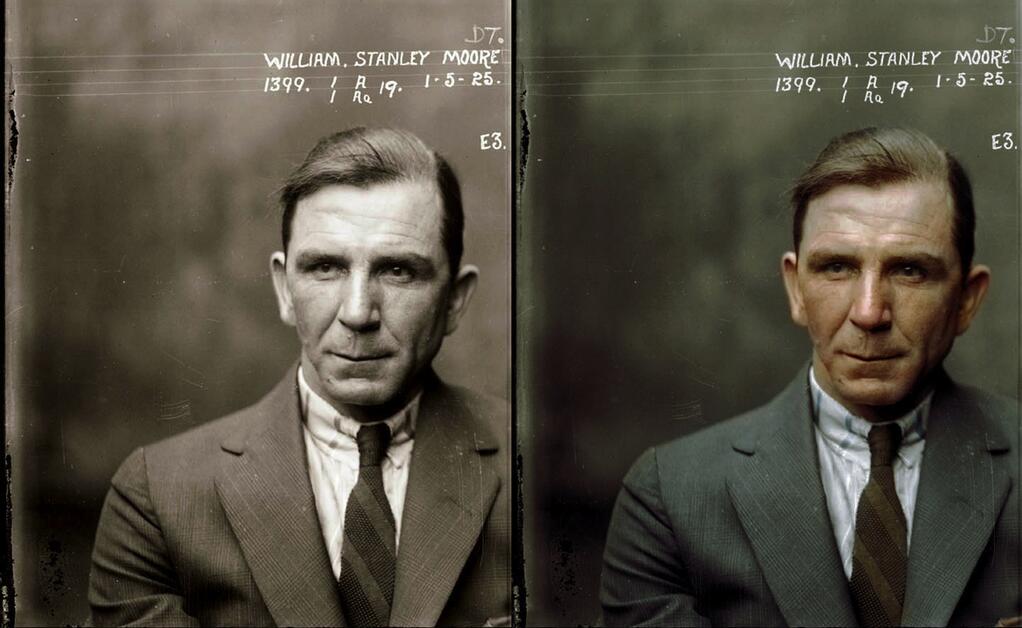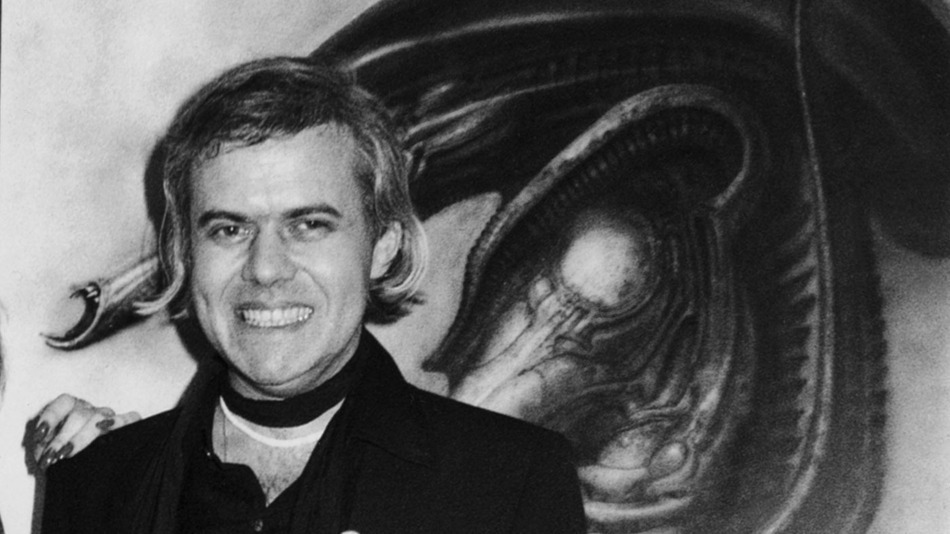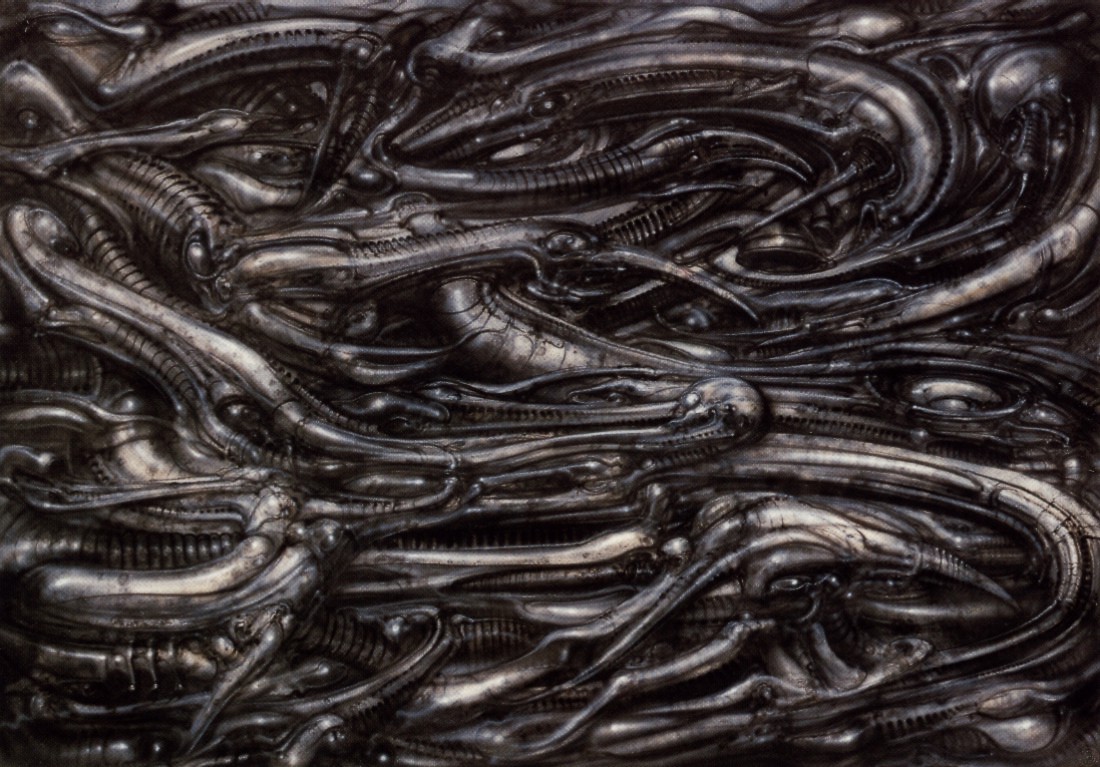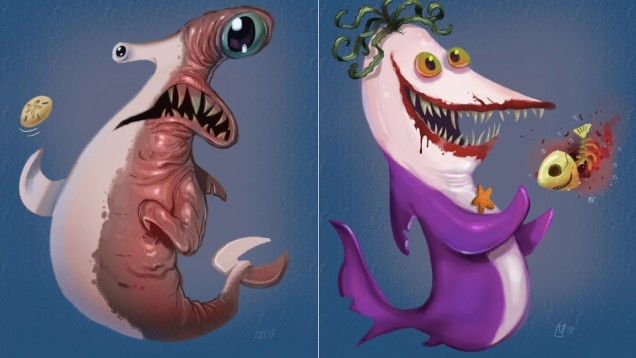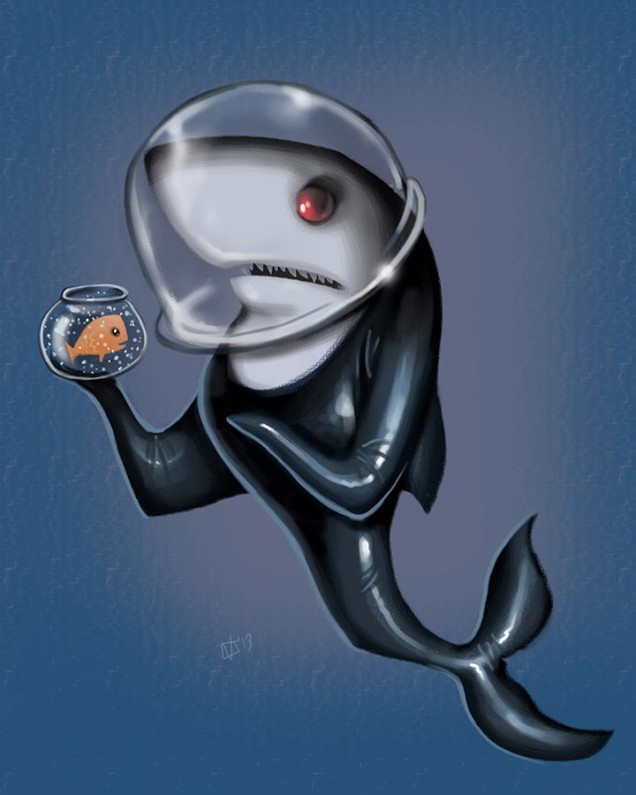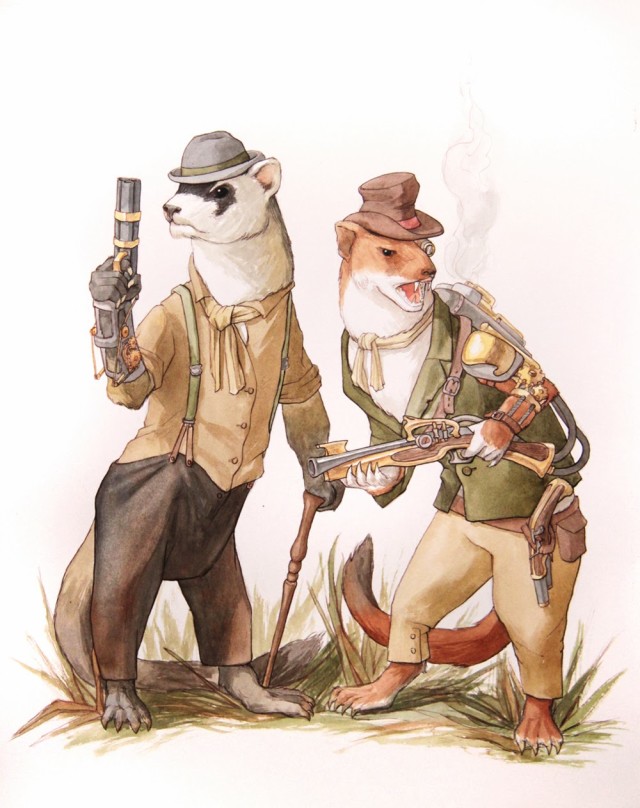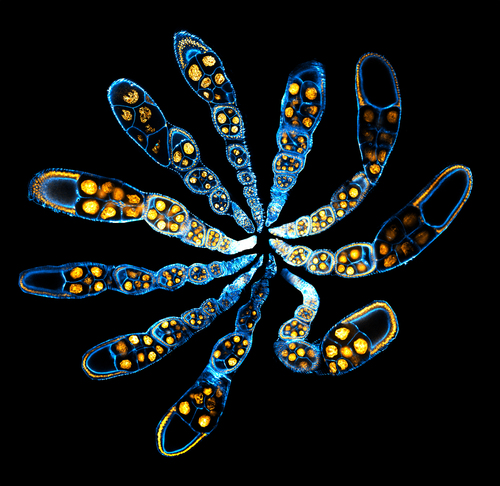
As written up by Aatish Bhatia at Wired, the winners of Princeton’s annual Art of Science competition are announced. “Among the entries are some wonderful ‘oops’ moments, where an experiment goes beautifully wrong, revealing art where you might not have expected to see it…But most of these submissions aren’t accidents. Many of these pieces reveal form, structure, and beauty hidden at a scale that our eyes can’t perceive.”

